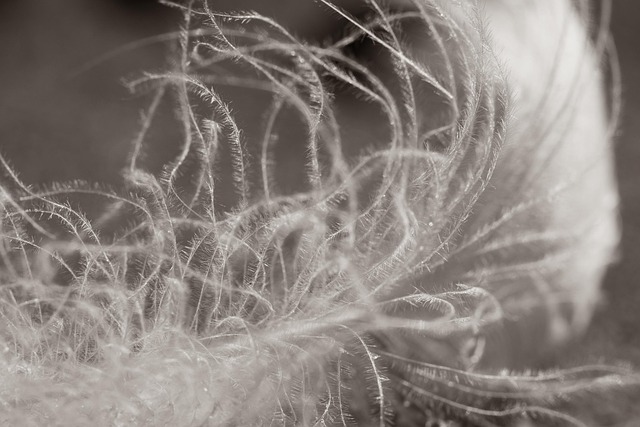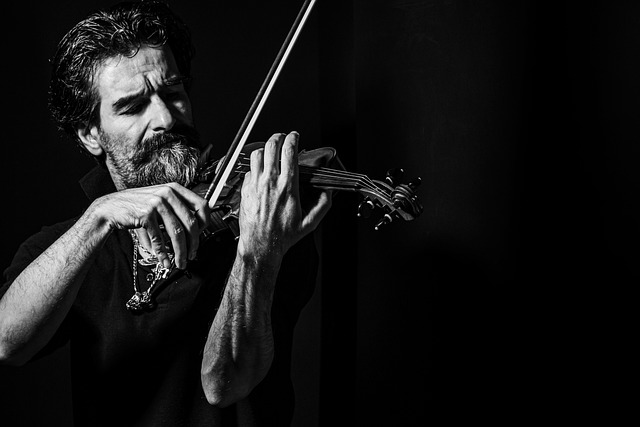Mastering Soft Light: A Photographer’s Guide
In the world of photography, light isn’t just an element—it’s the essence that shapes every image we capture. Among the myriad ways light can transform a scene, soft light holds a special place. It evokes a sense of calm, gentle warmth, and natural beauty, enveloping subjects in a flattering glow that every photographer strives to harness.
When we talk about soft light, we’re referring to a kind of illumination where shadows are delicate, edges are diffused, and contrasts are subtle. It minimizes harsh lines and textures, allowing the subject—whether a human face, a landscape, or an everyday object—to reveal its truest, most inviting form. This softness isn’t just pleasant to the eye; it also speaks to the emotion embedded in the moment. Think of the serene early morning sun filtering through curtains, or the diffused glow on an overcast day. That’s the charm of soft light: it creates an intimate atmosphere, one that invites viewers to linger and connect.
For photographers, mastering soft light is both a technical challenge and an art form. The secret often lies in how you manipulate natural conditions or artificial sources. Shooting during the “golden hour”—shortly after sunrise or before sunset—is a classic approach. The sun’s low angle scatters light through more of the atmosphere, softening shadows and infusing a warm hue that transforms ordinary scenes into tender visual stories.
But what if time constraints or weather don’t cooperate? Fear not. Professional photographers employ tools like diffusers, softboxes, and reflectors to replicate and control soft light. Adding a translucent material between your light source and the subject scatters the rays, breaking up intense beams. Similarly, bouncing light off a reflector can fill shadows gently, providing a softer, more natural illumination without the harshness of direct flashes or midday sun.
Soft light also excels at revealing textures in a subtle, nuanced way. In portrait photography, it smooths skin and highlights expressions without exaggeration. It can bring out the sheen on a ripe fruit or the delicate veins in a leaf, all while preserving a feeling of authenticity. When you embrace soft light, your images gain a poetic quality, inviting viewers to feel rather than just see.
Ultimately, working with soft light is about connection: connecting with your subject, your environment, and your audience. It challenges you to observe the interplay of shadows and highlights, to tune into the fleeting changes in natural light, and to sculpt your images with a gentle hand. As photographers, cultivating this sensitivity can elevate our work from mere documentation to emotional storytelling.
So next time you pick up your camera, pause and feel the light around you. Seek out the soft, tender moments and let them guide your shots. In mastering soft light, you’re not just capturing images—you’re capturing feelings.




